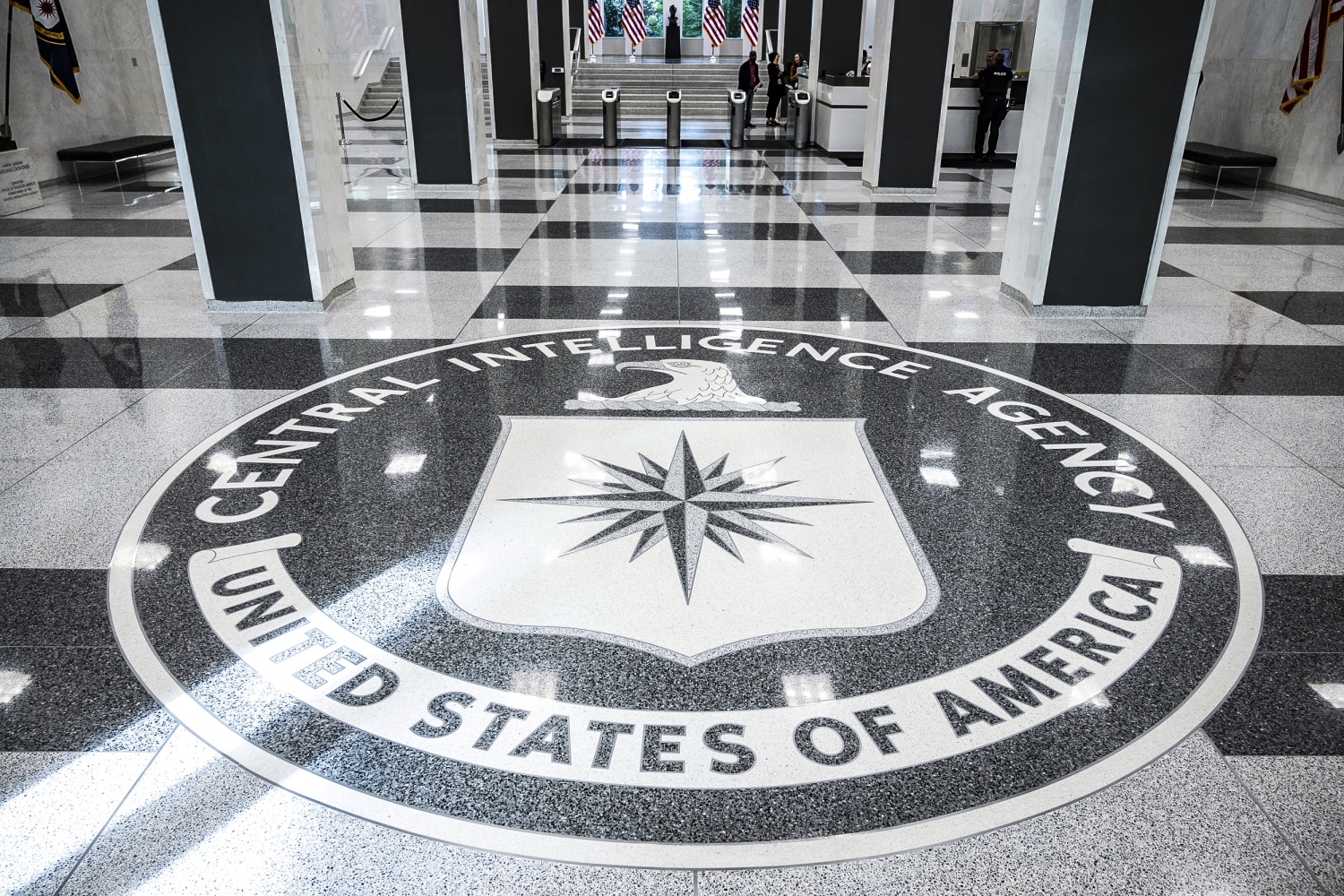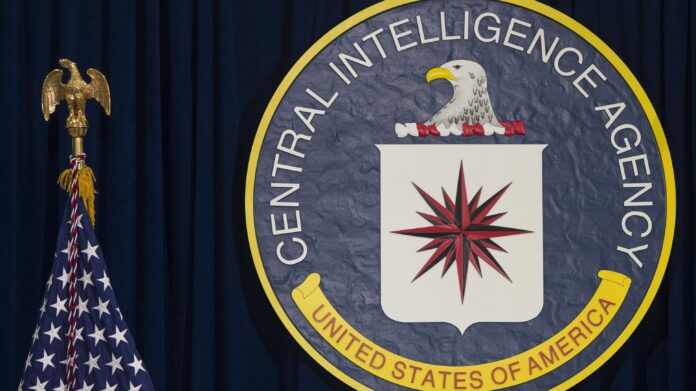Background of the Review
On July 2, 2025, the CIA published a detailed review of its landmark 2016 assessment that concluded Russian President Vladimir Putin personally authorized efforts to influence the U.S. presidential election in favor of Donald Trump. The review confirms that flawed procedures and tradecraft issues emerged during the report’s creation but insists these did not undermine the core judgment about Kremlin interference cp24.com.
Leadership Criticism

Former CIA Director John Brennan drew particular scrutiny in the review. Investigators noted that he took an unusually active role in drafting and editing key sections, at times favoring narrative consistency over rigorous analysis. When seasoned analysts raised concerns about certain intelligence sources and methodologies, Brennan reportedly pressed ahead with material that fit established theories rather than addressing their objections. Critics, including ex‑National Security Council adviser Fred Fleitz, argue that this approach skewed the report toward anti‑Trump intelligence while sidelining material that might have reflected poorly on Hillary Clinton devdiscourse.com.
Procedural Shortcomings
The review highlights three main procedural flaws. First, analysts faced an extremely tight deadline—under a week—to finalize what ordinarily would take months of careful work. This rush, reportedly driven by a desire to publish before the presidential transition, left little room to test assumptions or vet sources thoroughly. Second, confidence ratings assigned to judgments varied widely across agencies. The CIA and FBI labeled Putin’s preference for Trump with high confidence, whereas the NSA gave the finding only moderate confidence. The review recommends adopting a more cautious approach by aligning all agencies with the lowest confidence rating when intelligence is limited cp24.com. Third, access to critical documents was overly restricted. Most contributors saw pivotal CIA materials only at the final stages, hampering open debate and cross‑agency collaboration.
Use of Contested Sources
Despite objections from career managers, the Steele dossier appeared in a two‑page annex with a disclaimer noting it did not inform analytic conclusions. However, by referencing the annex within the main text as supporting evidence, the report effectively elevated unverified claims to the same status as more robust intelligence. This decision drew sharp criticism for weakening the paper’s credibility and exposing the assessment to claims of bias cia.gov.
Core Conclusion Stands
Even after identifying these weaknesses, the CIA review explicitly states it does not dispute the original finding that Putin intervened to assist Trump. This position aligns with a 2020 bipartisan Senate Intelligence Committee report, which also affirmed that Putin personally directed interference activities. Moreover, several federal investigations and declassified documents have since supported the Kremlin’s active role in the 2016 campaign, reinforcing the CIA’s core judgment ctvnews.caen.wikipedia.org.
Personal Analysis
In my view, this candid self‑examination is overdue and crucial. By shining light on rushed deadlines and selective sourcing, the CIA takes meaningful steps toward restoring public confidence. Yet the agency must do more than acknowledge past errors. It needs to institutionalize safeguards that ensure every future assessment undergoes balanced scrutiny and broad input. Only then can intelligence reporting meet its highest purpose: to inform leaders and citizens without fear or favor.

